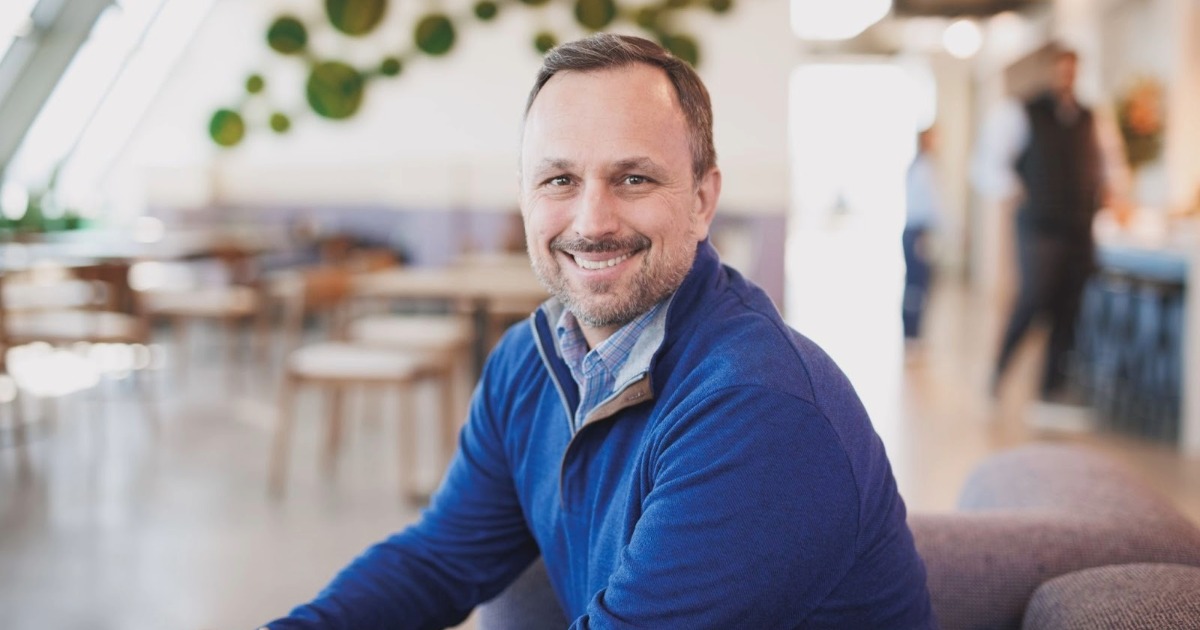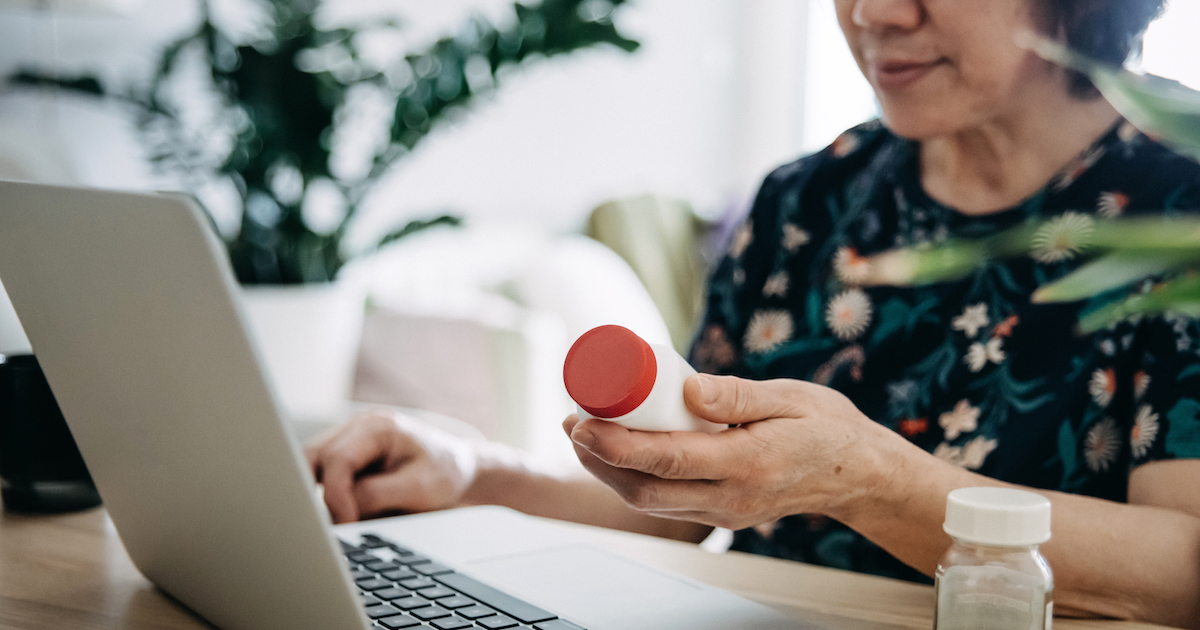 Innovation in digital health won’t come in a gradual, incremental way, but rather through dramatic re-imaginings of care. That was the theme that ran through the morning conversation in the digital health track at the 2015 BIO International Convention, a pharma and life sciences-focused conference held in Philadelphia this week.
Innovation in digital health won’t come in a gradual, incremental way, but rather through dramatic re-imaginings of care. That was the theme that ran through the morning conversation in the digital health track at the 2015 BIO International Convention, a pharma and life sciences-focused conference held in Philadelphia this week.
“We’re in a disruptive time. We’re in a time of moonshots, when people say 'this is crazy', then a few years later it becomes commonplace.” said Jack Hidary, the chairman of Samba Energy and a member of the Google X Labs advisory board. “If you Google 'self-driving car' and look at results from seven or eight years ago, the press’s reporting around that idea, you’d find people saying ‘this is nuts, this is crazy, this is not going to happen, it’s dangerous, it’s really out of bounds’, Now seven or eight years later, every major car company in the world has a self-driving technology they’re developing. We’re going to save millions of lives and also utilize our highways better. I’ve seen it first hand, that ideas that are out of bounds can become mainstream in a very short of time.”
Donald Jones, the former Qualcomm VP of Global Strategy who now serves as CEO of Trial Fusion and Chief Digital Officer at Scripps Health, indicated that connected sensors are going to contribute to a similar paradigm shift in healthcare.
“Sensors are coming a long, long way very, very fast,” he said. “Basically if you can measure it in a clinical setting, … it’s being shrunk, it’s being made disposable, and it’s being made to be used in many cases by the consumer, either as a wearable or an implantable. Many of these are already commercial or on the verge of being commercialized."
Jones said Scripps does trials in a way that “breaks a lot of rules.” For instance, in a recently publicized trial with Deepak Chopra, researchers were generating so much data about each patient, that Scripps began to think about physiological data in a new way. Rather than collecting and analyzing all the data, they adopted a model where they established norms for each patient, then looked only at the data outside the norm and searched for the reasons for those deviations.
Jones also spoke about one trial that is actually a behavioral trial, not for patients, but for cardiologists. Its goal is to help Scripps discover what kind of results are necessary to drive adoption of digital health technology among providers. The trial was sponsored by a major insurer and a big pharma company.
“We use digital technologies in clinical trials and I like to say we try to do very creative designs and break as many rules as possible,” he said. “[In this trial] the patients are recruited out of their claims data, and the trial is marketed to participants through their insurance company. They then recruit their cardiologist. If their cardiologist doesn’t want to be in the trial that’s OK — we give them a different cardiologist. … The trial is actually about: What information does it take that cardiologist to change their behavior based on a state of the art recommendation? It’s actually a behavioral trial of cardiologists. I use that as an example because it breaks every rule in the book. How do you get physicians to adopt therapies that are based on technologies they were not necessarily trained in?”
Jones thinks that collaborations like the partnership between MDLive and Walgreens have the potential to bring about radical change in the healthcare system.
“A company like Walgreens has managed to put an app in 35 million peoples’ pockets,” he said. “They now have added telemedicine to that app. When at some point does telemedicine become your primary first go-to doctor? Not an alternative doctor, but your first go-to? Does it happen when a retailer like Walgreens puts it in 35 million pockets? We have yet to answer these questions.”
Ultimately, if digital health technology is aiming to disrupt the healthcare industry in an extreme way, traditional regulation and reimbursement channels are poised to be more of a hindrance than a help. There are a few recent examples of companies, to some extent, circumventing those channels, proving the efficacy of the technology, and then forcing the regulatory bodies to catch up.
He pointed to the example of NightScout, the work of a group of hacker parents who built their own code to access Dexcom’s CGM data from their phones. The FDA approached Dexcom, asking them to stop customers from using the hack, according to Jones.
“Fortunately for Dexcom, the customers basically told the FDA, you can try to take us down, we will take it to Congress and tell them how you’re stopping us from saving our own kids’ lives,” he said. "As a result, FDA backed down. This is just one little example of how digitization helped democratize a solution and bring it forward.”
Similarly, with the Tricorder X Prize, Jones said he envisions winning devices being used first in developing countries, where the regulatory barriers are lower, than trickling back down to the developed world. And for reimbursement, Jones doesn’t think digital health entrepreneurs should bother approaching CMS.
“I think the reality is, in the US today, you either have to go to the consumer market or the self-insured employer market to make your case for reimbursement, or you have to go to the at-risk groups like ACOs,” he said. “And until we have 30 to 40 percent of the payment structure at risk, you’re not going to be able to do this at scale. It’s going to be piecemeal.”


